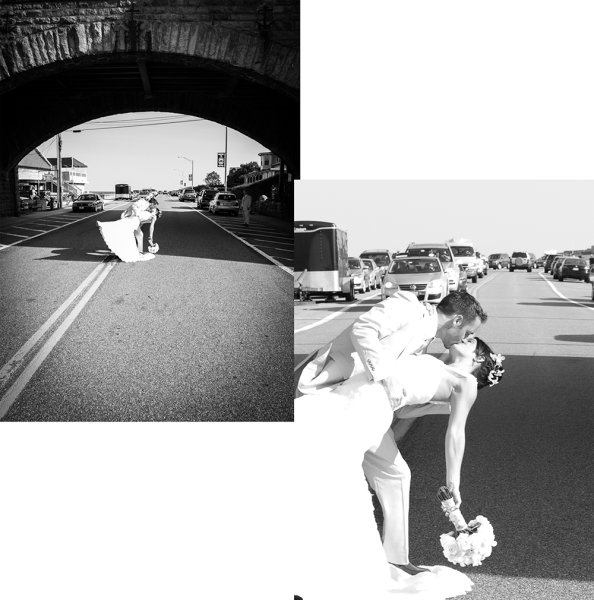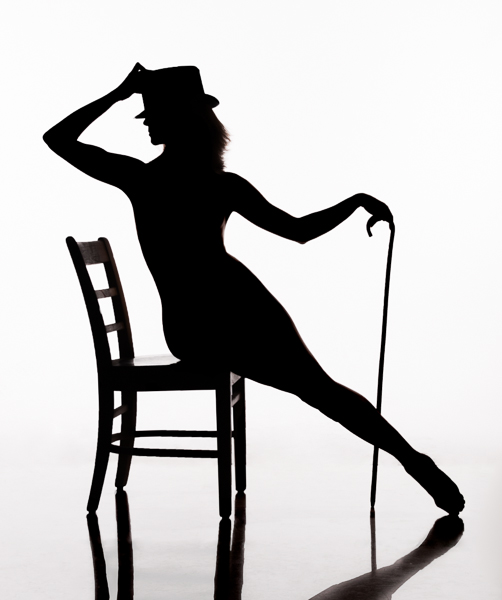Article and photos by Oded wagenstein.
In an era when we are drowning in images and lots of people and talents are competing for the viewers’ eyes or the magazines’ attention, have you ever wondered what makes you have a longer look at an image?
Is it the person that was photographed? Perhaps a certain color or an angle?
What is the secret of the photographers that mange to get their work published on magazines and newspapers? What is the secret of taking a strong image that lasts?

The secret of all strong images is their ability to provide the viewer a story .
Since the dawn of time, People gathered around the fire and shared stories with each other.
It doesn’t matter what subjects you like to shoot. If you want to become a good photographer, you have to be a good storyteller first. An image with a story, one that evokes emotion and curiosity will rise above other images and catch the viewer’s attention.
So what is the stuff of which “visual stories” are made from?
In most cases it is an emotion that the image creates. It can be empathy, curiosity or even negative emotions such is anger.
Even if you are dealing with macro or landscape photography it is better to have an image that tells a story. However, the best way for me to get a story is with people photography, as people are a large “pool” of stories and emotions.
Here are 5 tips for finding your “visual story” in Travel photography before departure, and on the road:
1. Preparation needed
The thing that makes the difference between an amateur and a professional in almost every field is usually preparation.
A professional photographer will start working even before leaving home, while an amateur photographer will wait for things to happen in front of their eyes in the field. Professionals will gather information that will help them exceed the potential of getting those photogenic stories on the road in minimum time and by doing so, increase the amount of good strong images.

What are the things that are worth checking before going to shot on a trip for example? Here are some classic examples:
Will there be any festival or photogenic event during your stay? Festivals are a great place for finding stories. Is there any taboo related to photography or culture in general in the country you are going to visit, that you must know? For example, the hill tribes that can be found on the mountains of Asia (as the woman from the Karen tribe in photo number 2) mostly believe that taking their photo would also take their soul. And trust me, the custom officers in your home country would not like the “soul” attached to your camera.
The best thing you can do to get this kind of information is to get the advice of a photographer who has already been there. Online photography forums would love to help you with that.
Want to take your photography to the next step? – Take a journey deeper into the place and read a little bit about the culture and history, prior to arrival.
The best tip someone has given me is to learn a few words of the local language. Locals appreciate people who try to speak their language (even if they laugh at them a bit at first)
Learning “Hello”, “Thank you” and ” may I take your photo?” will do wonders to your story telling images.
2. Getting closer

Taking photos of people from a distance with telephoto lens may be safer and will not ruin the spontaneity of the story, but there’s nothing like the narrative and emotional quality of close-ups in people photography.
Sometimes I want to photograph people from just a few inches away and still keep the spontaneity and intimacy.
What do I do? – I look for this moment in which the person returns to routine activity, after creating a bit of a connection with them and letting them understand that my camera and I don’t have any bad intentions.
I never approach people while the camera is hanging from my neck. It is threatening and may result in negative responses from the locals.
After greeting the person (in their language) I sit with them for a while, let them get used to my camera and me and only later I begin taking photos
Never ever forget- people don’t like to feel they are on a show for you. Always treat them with respect. The best way to do so is with the help of a local. So go to the next Section
3. Best ice breaker

Professional photographers use a fixer, which is a local who knows their needs as photographers and helps them to get around.
You can use a fixer, but you can also find your “fixer” in a much more interesting way and for free, in most cases. You can connect with local at your age in advance to your visit on the basis of “culture exchange”. The local will help you get to the best places and will also recommend which places to avoid. They will speak for you in their local language and will be the best “ice breaker”. All you have to do is be polite but it won’t hurt to bring your host something for your own country, like postcards or a unique product related to your place.
If you can find a photography student to be your fixer, it can be an exciting experience for both of you.
Hanging with a local as a friend or with a professional fixer does not give exemption from the previous section of “getting closer”.
4. The Stories generators

Feeling lost? Feeling unpleased with the photos you took? You can always try to visit a “story generator”. It can be anywhere that people Gather: a market, a central square or a festival. Just be alert and keep your eyes open and the stories will simply appear before your eyes.
The best tip for finding a “story generator” place is just to go to the places that interest you. It could be a church, a busy street, a quiet beach or even an abstract shooting of a building. Go with your passion and you will find your stories.
5, Last one for the road – get lost
We talked about the preparations and the work needed for good story finding, but sometimes all you need is to leave the tour guidebook in the hotel room and just go outside to walk the streets and roads looking for the unexpected.
Some of my best stories and photos came to me with this way of traveling.
Don’t forget to check with the locals or your fixer about the places that should be avoided and always, but always, check the time of your last ride home.
Oded Wagenstein is a travel photographer. His photographs were published on numerous magazines and websites world wide.
He is known for his intimate culture portraits. In his works he put the emphasis on understanding the culture and achieving good relationship with the person being photographed pre-shooting.
You can join his Travel photography group on Facebook and continue to discuss on travel and people photography:
Post originally from: Digital Photography Tips.
Check out our more Photography Tips at Photography Tips for Beginners, Portrait Photography Tips and Wedding Photography Tips.
The Secret of Creating a Strong Image – 5 Tips for Creating a Story in Your Image

Digital Photography School





















































You must be logged in to post a comment.